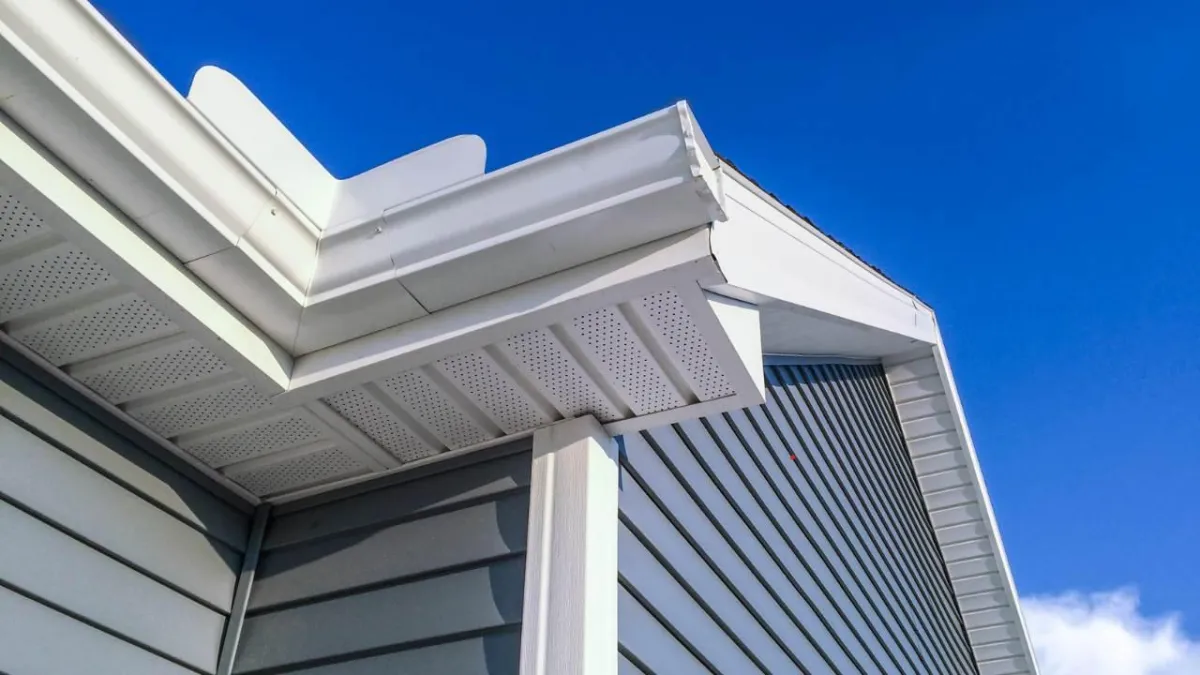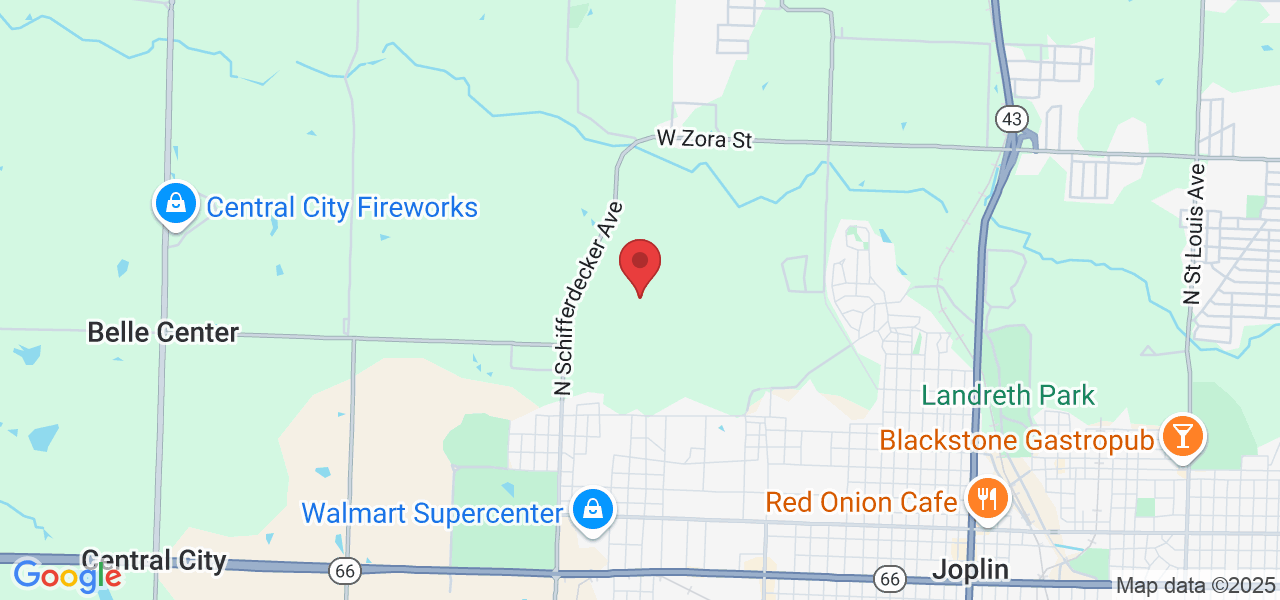
Joplin Guttering

Joplin Guttering
Joplin Guttering Blog

Are Your Gutters Code-Compliant? What You Should Know
When was the last time you checked if your gutters meet local building codes? If you're searching for house gutters installers near me, chances are you’re either building a new home or replacing an old system—and it's the perfect time to get familiar with code requirements. For Joplin, MO homeowners, staying up to code isn’t just about avoiding penalties—it’s about protecting your home from costly water damage.
In this post, we’ll cover why gutter codes matter, what local regulations typically include, how to spot non-compliant systems, and what to do if yours needs an upgrade.
Why Gutter Codes Matter
Gutters do more than just channel rainwater—they’re part of your home’s structural defense. Improperly installed or undersized gutters can lead to:
Water pooling near your foundation
Mold or mildew in your siding
Roof and fascia damage
Soil erosion and landscape washout
Local codes are there to ensure that gutters can handle your region’s typical rainfall and direct water safely away from your home. Compliance helps avoid damage—and saves money long-term.
What Joplin Homeowners Should Know About Gutter Requirements
In Joplin and most Missouri towns, gutter codes are based on building best practices. Here’s what’s commonly required:
Proper Slope: Gutters should slope 1/16 to 1/8 inch per foot toward the downspouts to ensure water flows efficiently.
Downspout Spacing: Downspouts should be installed every 30 to 40 feet to avoid overflow, depending on the roof’s drainage area.
Secure Fastening: Gutters must be securely fastened to prevent sagging, especially during heavy storms or snow.
Minimum Size: In many homes, 5-inch gutters and 2x3-inch downspouts are standard. Larger systems may be needed for steep or expansive roofs.
Splash Blocks or Extensions: These must be added at the end of downspouts to direct water away from the foundation.
Building inspectors don’t always check gutter installations, especially if it’s a replacement and not part of a permitted remodel. That makes it your responsibility to ensure the work is done right.
Signs Your Gutters May Be Out of Code
You don’t have to climb a ladder to know something’s wrong. Watch for these signs of a non-compliant or failing gutter system:
Water pouring over the edges during rain
Sagging or pulling away from the house
Water stains on siding or basement walls
Erosion or pooling around your home’s perimeter
Rust spots, cracks, or gaps
If any of these sound familiar, it may be time for a professional assessment.
Case Study: A Joplin Home Saved from Foundation Damage
A family in Joplin noticed their basement carpet was frequently damp after heavy rains. They assumed it was just part of living in a rainy area. But when they contacted Joplin Guttering, a licensed contractor, they discovered the issue: improperly sloped gutters were sending water straight to the home’s foundation. The company replaced the old system with a new code-compliant one, rerouted the downspouts, and added extensions. The result? A dry basement—and peace of mind.
What to Do If Your Gutters Aren’t Up to Code
Getting back on track is easier than you might think. Here’s a quick checklist:
Schedule an inspection with a professional gutter installer.
Ask about local code requirements and how your home measures up.
Get a written estimate that includes adjustments to meet code.
Look for warranties and guarantees on both materials and Joplin services.
Prioritize a contractor with a strong local reputation—like Joplin Guttering.
Bottom line: Staying up to code with your gutters is one of the smartest ways to protect your home investment. If you're unsure about your current setup or need new gutter installation, reach out to a trusted local expert.
Joplin Guttering Blog

Are Your Gutters Code-Compliant? What You Should Know
When was the last time you checked if your gutters meet local building codes? If you're searching for house gutters installers near me, chances are you’re either building a new home or replacing an old system—and it's the perfect time to get familiar with code requirements. For Joplin, MO homeowners, staying up to code isn’t just about avoiding penalties—it’s about protecting your home from costly water damage.
In this post, we’ll cover why gutter codes matter, what local regulations typically include, how to spot non-compliant systems, and what to do if yours needs an upgrade.
Why Gutter Codes Matter
Gutters do more than just channel rainwater—they’re part of your home’s structural defense. Improperly installed or undersized gutters can lead to:
Water pooling near your foundation
Mold or mildew in your siding
Roof and fascia damage
Soil erosion and landscape washout
Local codes are there to ensure that gutters can handle your region’s typical rainfall and direct water safely away from your home. Compliance helps avoid damage—and saves money long-term.
What Joplin Homeowners Should Know About Gutter Requirements
In Joplin and most Missouri towns, gutter codes are based on building best practices. Here’s what’s commonly required:
Proper Slope: Gutters should slope 1/16 to 1/8 inch per foot toward the downspouts to ensure water flows efficiently.
Downspout Spacing: Downspouts should be installed every 30 to 40 feet to avoid overflow, depending on the roof’s drainage area.
Secure Fastening: Gutters must be securely fastened to prevent sagging, especially during heavy storms or snow.
Minimum Size: In many homes, 5-inch gutters and 2x3-inch downspouts are standard. Larger systems may be needed for steep or expansive roofs.
Splash Blocks or Extensions: These must be added at the end of downspouts to direct water away from the foundation.
Building inspectors don’t always check gutter installations, especially if it’s a replacement and not part of a permitted remodel. That makes it your responsibility to ensure the work is done right.
Signs Your Gutters May Be Out of Code
You don’t have to climb a ladder to know something’s wrong. Watch for these signs of a non-compliant or failing gutter system:
Water pouring over the edges during rain
Sagging or pulling away from the house
Water stains on siding or basement walls
Erosion or pooling around your home’s perimeter
Rust spots, cracks, or gaps
If any of these sound familiar, it may be time for a professional assessment.
Case Study: A Joplin Home Saved from Foundation Damage
A family in Joplin noticed their basement carpet was frequently damp after heavy rains. They assumed it was just part of living in a rainy area. But when they contacted Joplin Guttering, a licensed contractor, they discovered the issue: improperly sloped gutters were sending water straight to the home’s foundation. The company replaced the old system with a new code-compliant one, rerouted the downspouts, and added extensions. The result? A dry basement—and peace of mind.
What to Do If Your Gutters Aren’t Up to Code
Getting back on track is easier than you might think. Here’s a quick checklist:
Schedule an inspection with a professional gutter installer.
Ask about local code requirements and how your home measures up.
Get a written estimate that includes adjustments to meet code.
Look for warranties and guarantees on both materials and Joplin services.
Prioritize a contractor with a strong local reputation—like Joplin Guttering.
Bottom line: Staying up to code with your gutters is one of the smartest ways to protect your home investment. If you're unsure about your current setup or need new gutter installation, reach out to a trusted local expert.
SPEAK TO A TEAM MEMBER TODAY
SPEAK TO A TEAM MEMBER TODAY

Our team specializes in gutter installation, repair, cleaning, and maintenance, offering reliable solutions to protect your property from water damage.

Our team specializes in gutter installation, repair, cleaning, and maintenance, offering reliable solutions to protect your property from water damage.
© 2025 All Rights Reserved | Joplin Guttering
Website Managed by Leads By Vinny
© 2025 All Rights Reserved | Joplin Guttering
Website Managed by Leads By Vinny

